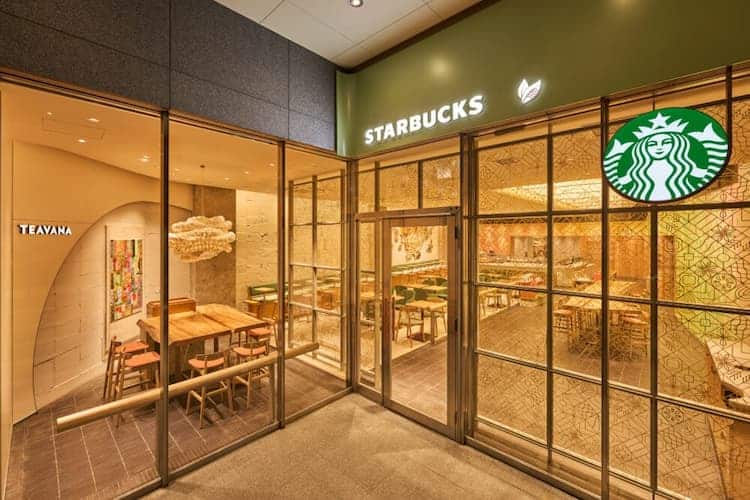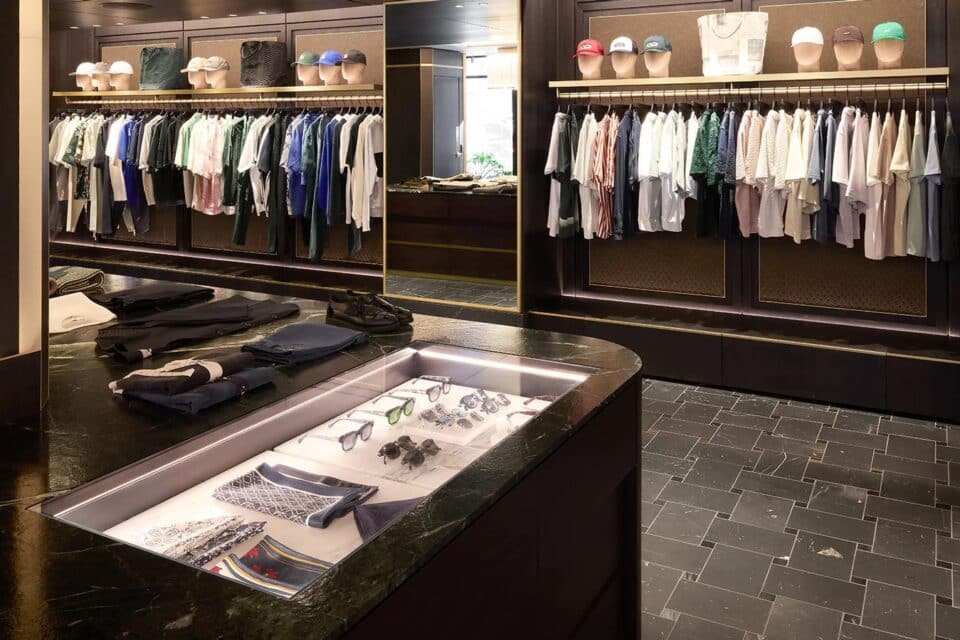The automated personal assistant and the future of retail
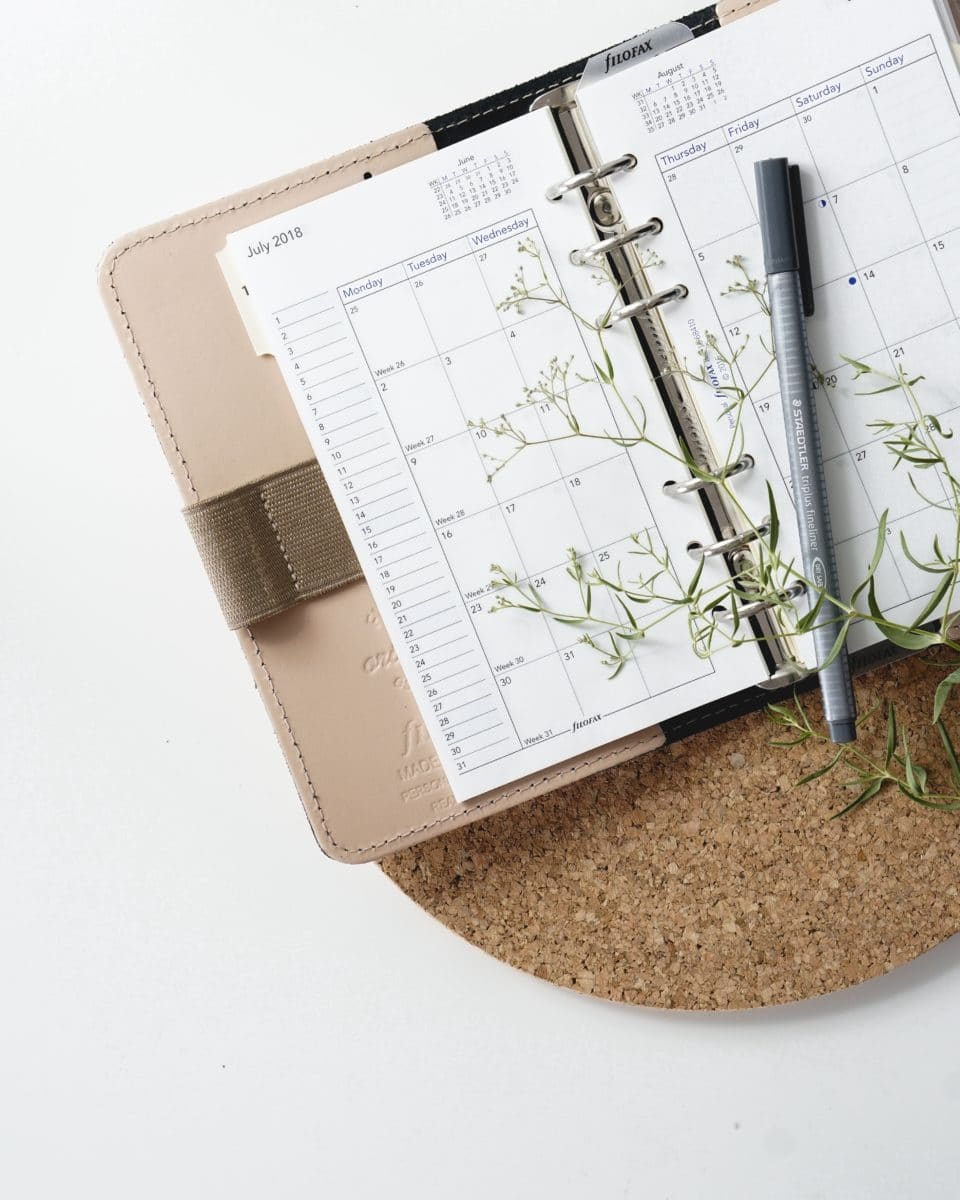
The idea of a personal assistant is a nice one. There’s a sense that you’ve reached a certain level if you’re in need of someone to help you keep your life running smoothly. You’re a someone maybe.
It doesn’t even have to be a person. Who wouldn’t like an Iron Man J.A.R.V.I.S user interface helping them behind the scenes? Extra points for cool acronyms and personality.
Sadly, we’re not at that level yet but that future may not be completely unrealistic. At the moment, automated personal assistants combine location, user input and online access to perform tasks. While generally speaking they still require us to give them a command first, truly automated personal assistants could operate without the need for interaction.
Whether we truly are busier than ever before is up for debate, but it certainly feels that way. Couple that with the fact that technology is better than ever and continuing to accelerate and the powerful, useful automated personal assistant feels achievable – for anyone.
As with any life aid, our thoughts immediately turn to how this is going to impact retail. The truth is it’s already beginning to creep into certain segments or tasks. Read on for our rundown of the automated personal assistant’s role in the future of retail.
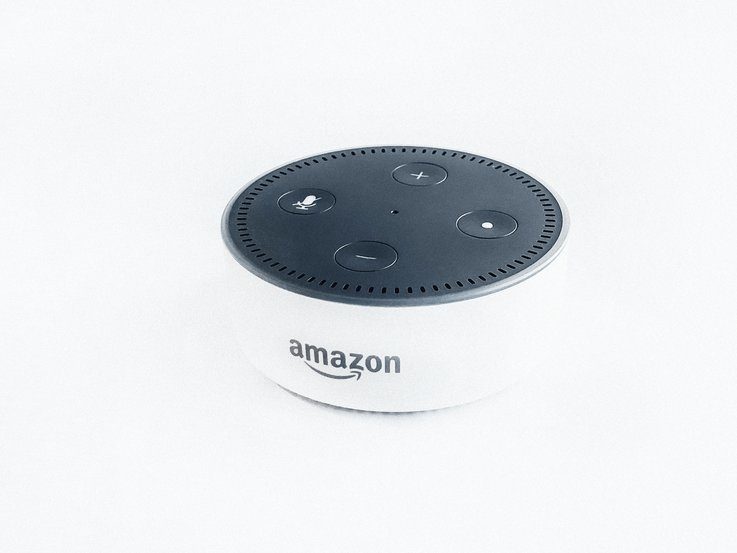
Image credit: Amazon
The current automated personal assistants
Let’s tackle the big guns first. There are a number of automated personal assistants baked into the various technologies that we use on a daily basis (smartphones, smart speakers, laptops etc), but the best known are probably Amazon’s Alexa, Apple’s Siri and Google’s Assistant.
Their abilities vary from service to service, but generally speaking they help with information retrieval, setting and retrieving reminders, making calls and texts, and activating apps like calendars, timers, music services, lighting and so on.
One of their big claimed benefits is that you can do these actions through voice commands, which could save you time and effort over manually activating everything.
While these may not be specifically retail-focused actions, they can easily feed into a shopping journey from checking store opening times to plotting routes to stores to searching for inspiration or a particular product.
With Amazon’s Alexa service you can actually directly shop millions of items simply by saying what you want to buy. You can also add things to your cart to checkout later, reorder your usual choices for fast purchasing and get product recommendations.
It’s not just for stuff Amazon sells though. Various retailers have created their own Amazon Skills for buying through them. These vary in functionality from finding nearby stores or latest deals to directly placing orders. As we all become more comfortable with voice as a medium – the same way we had to with the internet and online shopping – uptake of this may grow.
Another important factor behind the growth in voice shopping is how good the automated assistant behind it is. We have to be able to trust that it works. It needs to be able to save those orders or those shopping list additions. It needs to be able to update us on where our delivery is.
The smarter the assistant gets the more it can do off its own back. Maybe it could even automatically reschedule delivery if it identified that we would be out of the house on a certain day. It could automatically reorder that laundry powder or toilet roll rather than us having to remember to order. It could draw up a shopping list based on recipes we save – or what it knows we buy regularly.
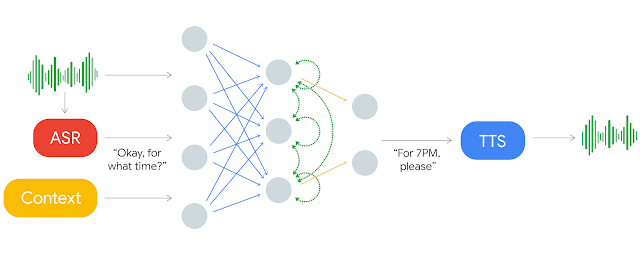
Image credit: Google
The future voice assistants
Work has already begun to make smarter automated assistants. Last year, Google demonstrated Duplex which was a step forward in terms of intelligence. One of the many talked about features was the ability for Duplex to call places like hairdressers and restaurants to make appointments over the phone.
The bit that got people talking is that Duplex spoke like a real human being, complete with umms and errs, with the aim of the person at the other end of the phone not necessarily being aware that they were talking to a bot.
While there’s been some debate over just how smart Duplex really is, the demonstration showed the direction Google wants automated assistants to move in. It wants them to be able to do more of the regular tasks that crop up in our lives but require more nuance. Talking like a person is one aspect of this.
From a retail perspective, Duplex could call up and book you a personal shopping slot or other in-store services with a simple command from you. It could handle calls regarding issues with orders or make product reservations over the phone.
It could even get smart enough to know when you’re coming up to a regular commitment, like a haircut, check your diary for a good date and time and then make the appointment automatically.
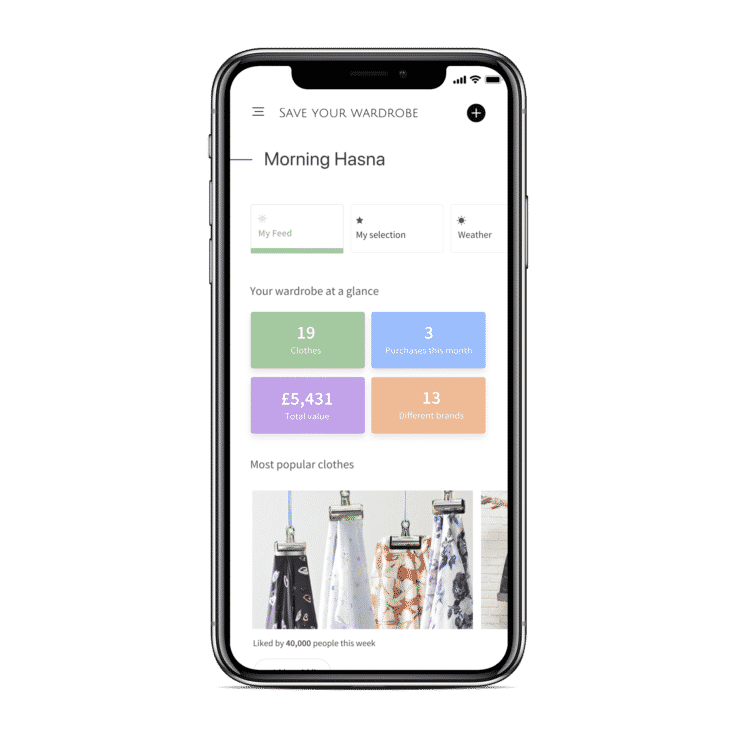
Image credit: Save Your Wardrobe
The digital wardrobe assistant
The automated personal assistant doesn’t have to manage every part of our lives. There are various areas that a focused assistant can add a lot of value to.
Digitising our wardrobe is one of them. There are a number of companies exploring the digital wardrobe space, but Save Your Wardrobe is among the best. Its app aims to help you buy better, and less, by knowing what you already have.
There’s a much-publicised stat that says that there are £10 billion worth of unworn clothes in wardrobes in the UK. Save Your Wardrobe wants to help us avoid this wasteful approach to clothing.
The app uses email receipts to populate a digital version of your wardrobe complete with info on how much an item cost (and the overall value of your wardrobe), when you bought it, what items are newest or oldest etc.
You can also manually input purchase information. The aim of using email receipts is that the app can automate the process of updating your wardrobe so it’s a genuinely useful assistant to your life.
Once it knows what you own, it can help you maximise it. This includes the ability to book services through the app such as dry cleaning, repairs or alterations that will get you wearing the items more. Or if you really don’t wear something anymore, Save Your Wardrobe wants to help you rent out or sell them second-hand.
Of course, there’s also an opportunity for new retail sales. By knowing what you own, Save Your Wardrobe can recommend new products for you which work with your existing pieces or for your style. This sort of input could help brands to get a lot closer to their customers – especially if there was the possibility to gather data about how much a customer actually wears what they buy from them.
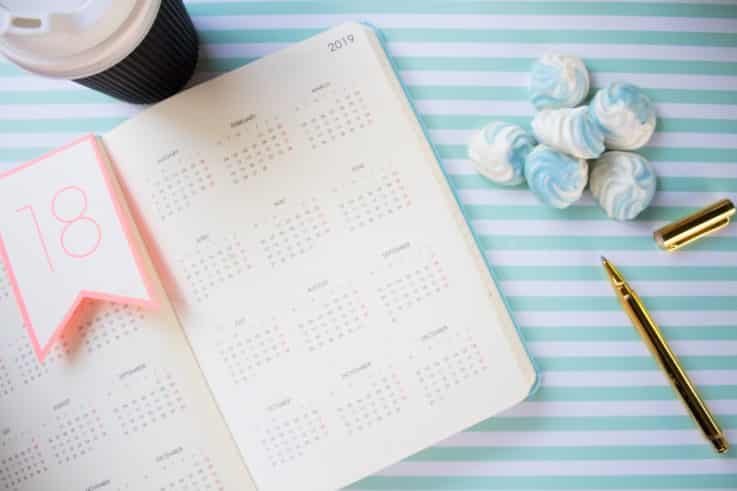
The calendar-checking assistant
If automated personal assistants are to get super useful then they might have to get personal. Net-a-Porter is reportedly trialling technology that can read your data and identify upcoming trips and events, so it can then tailor its suggestions to what’s in your diary.
This is a new level of personalisation for retail. Customers have to be comfortable allowing them access to private information about their lives, but the benefits can be substantial.
After all, lots of us have struggled with knowing what to wear for various events in our lives from weddings to funerals, as well as parties, work events and holidays. The idea that someone could pre-emptively pick out the perfect options and send them to you is attractive.
Automated personal assistants that can access your calendar can also impact other retail sectors. For example, a grocery retailer could see that you are going on holiday and pause your regular order. Your online subscription retailer could do the same. Brands could even potentially see upcoming special occasions like birthdays and anniversaries and provide you with automated gift suggestions.

The retail operations assistant
Automated assistants aren’t just going to change how customer buy. They’re going to change how retailers sell.
We’re already seeing this at a relatively simply level with the proliferation of chatbots and virtual assistants on websites and in apps. With varying levels of sophistication, these assistants can recommend products, help customers with queries or issues, deal with return requests and more.
If you’re unsure of just how useful they can then take a look at Marks and Spencer. It reported that in its first year its online virtual assistant saved £2 million worth of orders that may have otherwise been lost.
It did this through stepping in at friction points in the customer journey such as inputting a discount code. In the past Marks and Spencer had no way to address such issues which often left the customer frustrated and to an abandoned sale. Now the virtual assistant can detect when there are issues with a code and work to help the customer.
Retailers are also exploring other ways to use automated personal assistants to better target customers. This could mean the assistant automatically emailing a customer about their abandoned cart at the optimum time or recommending products that will interest them.
Brands have more data than ever about their customers. A virtual assistant can help them to use that in an effective way. It even works in store as Spruce Labs’ Sprucebot shows. This is non-customer facing tech that helps staff identify a customer when they walk into the store, take payments without the need for a card and remind them of past client conversations for a more personalised experience.
It may not be an automated personal assistant as such, but you can see the opportunity for a more nuanced version of this technology to really empower sales staff. Whether that’s reminding them that a customer recently had a job interview or of what they bought in the past, there’s the potential to build greater rapport behind-the-scenes.
We’re also likely to see in-store virtual assistants that customers can engage with like a real staff member. It could be that when you walk into the store you can interact with an assistant for information about deals, product recommendations or tock info. Or the assistant might be embedded in the fitting room so you can ask for other sizes or colours. Perhaps it could pull up some additional content of how to style clothes, or other product recommendations.
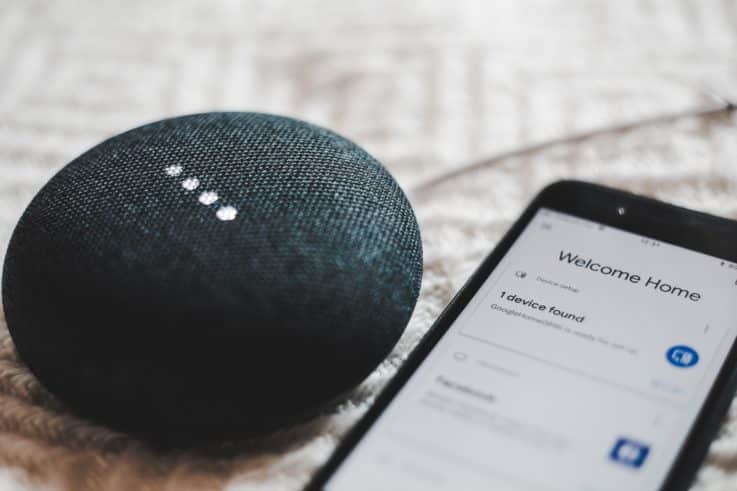
How could automated PAs change the way we shop
The biggest shift that could come through advanced automated PAs is the automation of our buying processes.
Think about the success of the subscription model. There’s a certain ease that comes with signing up to something once and then getting the item you want or need on a regular basis. It frees up your brain, and life, from some of the mundane tasks that we all have to do.
Allowing a virtual assistant to place orders on our behalf is certainly an act of trust. For many people the technology is not proven enough yet to do that. They worry that they will end up with things they don’t want, or the assistant will be frivolous with their money and how often it orders stuff.
Nuance is required in a lot of cases. We may not want an automatic reorder of coffee if we’re trying out a new brand. We may only want to be buy hot chocolate in the colder months but not summer. We may get bored with a certain flavour or scent of a product.
But there are also things that we do rebuy on a regular basis – laundry or cleaning essentials, razor blades, deodorants, sanitary products, shampoo and conditioner and so on. And most of us wouldn’t be upset about missing out on the retail experience of buying these items.
Automation isn’t just for regular, familiar purchases though. Truly smart virtual assistants could one day be able to adjust for the different in daily life. They could factor in our upcoming holiday, or that wedding, or that gig or theatre visit. They could consider the weather or season. They could adjust based on what we already own from clothes to the ingredients in the fridge.
Maybe they’ll check with us before they do these things by popping up with suggestions. Or maybe they’ll go forth and arrange things for us like an empowered human personal assistant.
The other thing virtual assistants could do for retail is to alert us to buying opportunities. Rather than manually setting an alert for a certain product, for example, and getting a notification when it’s available somewhere, the automated assistant could monitor for that product availability. It could then notify us via voice that it is now in stock – either online or perhaps as we pass a store. Or if you’ve given permission it could just automatically buy and let you know.
Imagine walking down the high street and the voice in your ear cutting across your music to tell you that there’s a special offer on for your favourite store. Or that a store has an item in stock that would work well for you upcoming event. Or would pair with your favourite trousers. Or that your order is now in-store and ready to collect. All without you having to check your email or your notifications or call or search or do anything.
The automated personal assistant could, in theory, drive the biggest shift in our retail buying experiences in making them truly frictionless. In the future you may not only be concerned with winning over the customer, but also these digital extensions of their tastes, preferences, wants and needs. Get it right and these trusty assistants could be doing the hard work for you in convincing customers they need what you’re selling.


